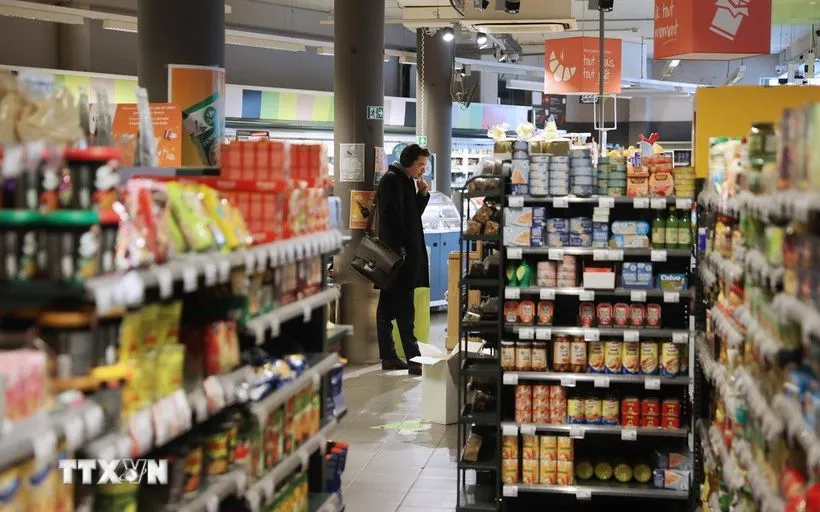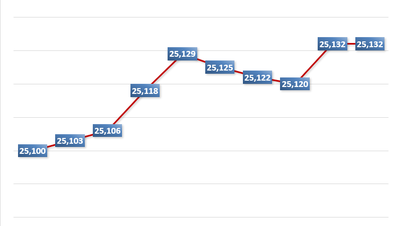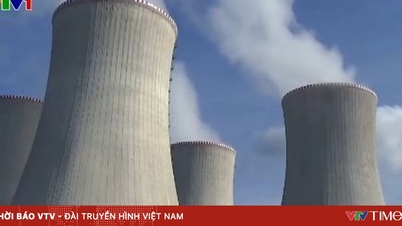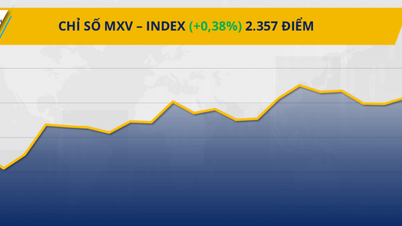
People shop at a supermarket in Brussels, Belgium. (Photo: THX/TTXVN)
On January 17, the European Commission (EC) - the highest executive body of the European Union (EU) - lowered its growth forecast for the Eurozone in 2026, in the context of risks from international trade and geopolitical tensions continuing to put pressure on the European economy.
Specifically, the EC forecasts that the average economic growth of the 20 countries using the euro will reach 1.2% in 2026, lower than the previous growth of 1.4%. The agency said that the highly integrated European economy remains “vulnerable to trade restrictions”. The EC stressed that persistent uncertainties about trade policy continue to weigh on economic activity, with tariff and non-tariff barriers likely to slow EU growth more than expected. However, US trade agreements with the EU and some other partners have “reduced uncertainty”.
For the 27 EU countries as a whole, the EC forecasts average growth of 1.4% in 2026, slightly lower than the 1.5% forecast in May 2025. However, EU Economic Commissioner Valdis Dombrovskis remains optimistic. “Even in an adverse environment, the EU economy continues to grow,” he said.
The EC also forecasts that eurozone inflation will reach 1.9% in 2026, up from the previous forecast of 1.7%. Eurozone inflation is expected to reach 2.1% in 2025, close to the European Central Bank's (ECB) 2% target. Although food and services prices are slowing, the EC said this trend is offset by rising energy inflation.
A survey earlier showed the eurozone economy grew at its fastest pace since May 2023 in October, breaking a period of weak growth earlier this year, helped by an accelerating services sector and improving demand conditions.
The Eurozone composite Purchasing Managers' Index (PMI), compiled by S&P Global, rose to 52.5 in October from 51.2 in September 2025, marking the 10th consecutive month of gains and reaching a 29-month high. The above-50 PMI also indicates that manufacturing activity in the Eurozone is growing. The growth was driven by a rise in the services PMI from 51.3 to 53, a 17-month high.
Among member economies, Spain led the way with a PMI of 56, its best in 10 months, while Germany showed surprising strength with a PMI of 53.9, its highest in nearly 2.5 years. Italy and Ireland also recorded solid growth at 53.1 and 53.7 respectively. Meanwhile, France remained the only major Eurozone economy in contraction territory, with its PMI falling to an eight-month low of 47.7.
Growth in the services sector also helped the overall jobs market accelerate to a 16-month high as service firms ramped up hiring to meet rising demand, although manufacturers continued to cut jobs at a faster pace.
The Eurozone economy recorded faster-than-expected growth in the third quarter of 2025, driven by better-than-expected growth in France, despite political turmoil in Europe's second-largest economy.
The eurozone economy grew 0.2% in the July-September period from the previous quarter, the EU's statistics agency said, beating the 0.1% forecast by analysts surveyed by Bloomberg and FactSet.
The eurozone economy was supported by surprising figures from France. Despite political turmoil over its debt and huge budget deficit, the French economy grew 0.5% in the third quarter. Mr. Colijn said the surprise was due to increased investment and exports, partly due to a strong aerospace sector. Spain's economy also grew 0.6% in the July-September period, but this was a slowdown from the impressive 0.8% growth in the previous quarter.
However, the German economy, which narrowly avoided recession, stagnated in the same period. The Italian economy also did not grow in the July-September period.
Source: https://vtv.vn/ec-ha-du-bao-tang-truong-kinh-te-nam-2026-cua-eurozone-10025111809112968.htm



![[Photo] Prime Minister Pham Minh Chinh and his wife meet the Vietnamese community in Algeria](https://vphoto.vietnam.vn/thumb/1200x675/vietnam/resource/IMAGE/2025/11/19/1763510299099_1763510015166-jpg.webp)
![[Photo] General Secretary To Lam receives Slovakian Deputy Prime Minister and Minister of Defense Robert Kalinak](https://vphoto.vietnam.vn/thumb/1200x675/vietnam/resource/IMAGE/2025/11/18/1763467091441_a1-bnd-8261-6981-jpg.webp)








































































































Comment (0)